How much does it cost to run a dehumidifier? Experts explain and share tips for reducing running costs
How much does it cost to run a dehumidifier, in relation to current energy prices? Here's the breakdown, plus tips on how you can save
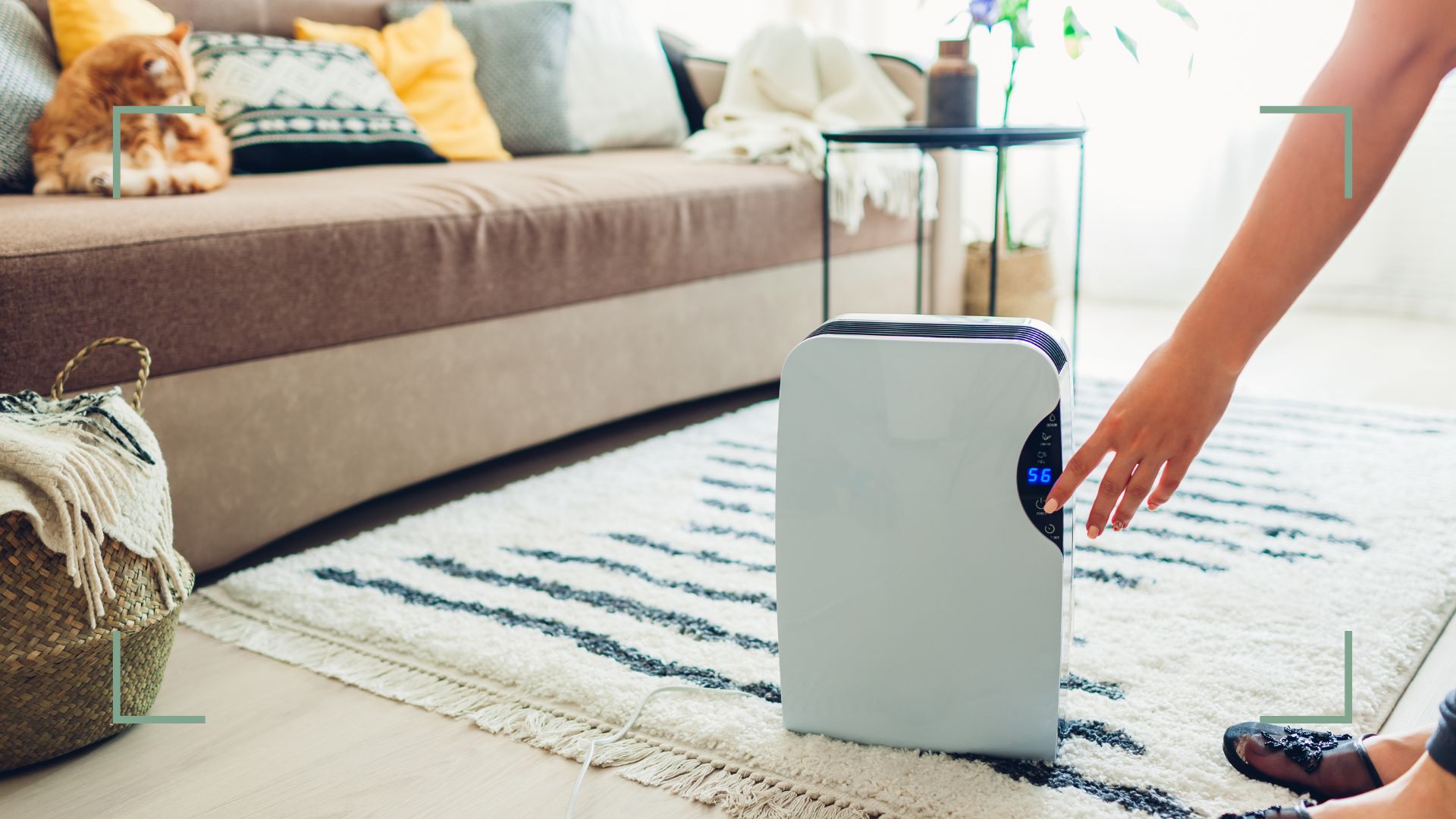

Katie Sims
A dehumidifier is an essential household appliance at this time of year for anyone looking to combat excess moisture in their home. But how much does it cost to run a dehumidifier, and are they an energy-efficient option?
The best dehumidifiers work by extracting moisture from the air, with some circulating warmer air back into your home – which can help dry your clothes indoors faster, reduce mould and dust, and even help with allergy symptoms.
Plus cold weather can, surprisingly, be the most humid, and the contrast between the freezing outside and the warmer inside can result in a build-up of damp air in our homes.
“This damp air is captured inside and it is noticeable in the form of a damp smell, condensation on windows, and the spread of mould," explains Chris Michael, managing director of air treatment specialist Meaco.
So knowing how to use a dehumidifier in winter is the best way to keep your home damp-free in the colder months, but with the energy price cap changing again last month, many of us are wondering how much these trusty devices cost to run. It's valid to want to know how much switching on any of our appliances is going to add to our energy bills.
We've spoken to energy and dehumidifier experts and asked the question, how much does it cost to run a dehumidifier – plus tips on how to cut costs and save energy in the home, so you can enjoy a damp-free home (without it costing a fortune) this winter.
How much does it cost to run a dehumidifier?
There's a simple formula to calculate how much a dehumidifier costs to run. It's the same equation you'd use to work out the cost of running an electric blanket, using heated clothes airer, and any other home appliance.
Sign up for the woman&home newsletter
Sign up to our free daily email for the latest royal and entertainment news, interesting opinion, expert advice on styling and beauty trends, and no-nonsense guides to the health and wellness questions you want answered.
"The cost of running a dehumidifier varies according to how efficient each individual appliance is," says Nathan Paul, Product expert and E-commerce Director at leading appliances retailer, Appliances Direct. "To work this out, simply divide the dehumidifier’s wattage by 100 to get the kWh - 100W is 0.1kWh - and then multiply this by your energy price, which as of October 2024, is 24.5p per kilowatt hour, to get the hourly rate."
So, a 500W dehumidifier uses around 0.5 kWh, which will cost around 12p per hour of use. If you're leaving it on for 24 hours a day, this will add up to £2.94.
With so many dehumidifiers on the market, the wattage can range from 200-750W. The higher the wattage, the more expensive it will be to run (this is usually one of the things to know before you buy your dehumidifier).
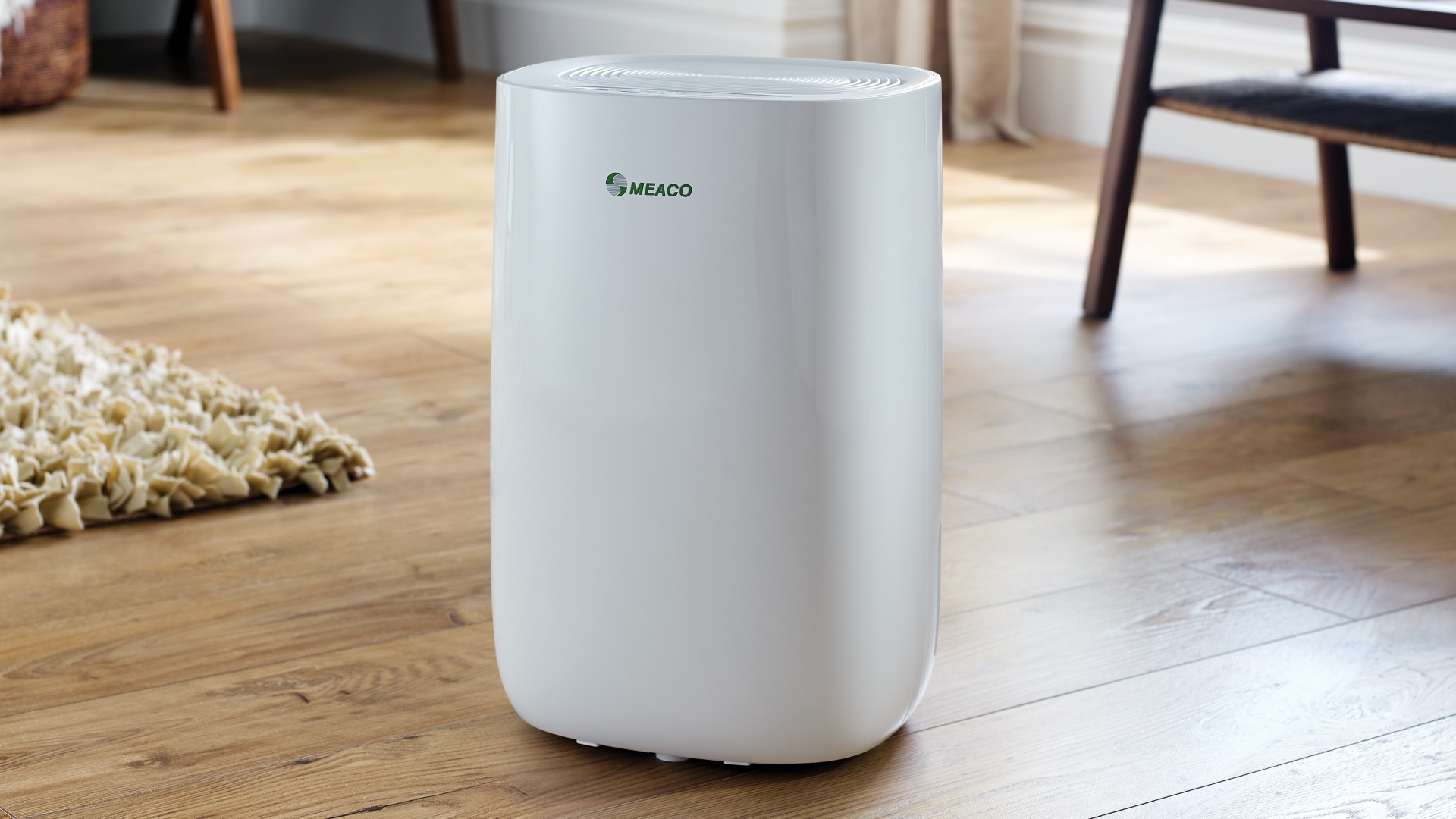
"While there is an initial cost, many dehumidifiers are highly energy-efficient, some costing as little as 4p per hour to run," explains Meaco's Chris Michael. That initial cost can be reduced by securing one of the best Black Friday dehumidifier deals.
The Meaco Arete One 10L Dehumidifier and Air Purifier – which sits in the 'best overall' spot in our dehumidifier buying guide – costs around 4p/hour as it runs at 165 watts. If you use one of these dehumidifiers for eight hours in a day, then that is 32p/day and £9.60 per month.
When it comes to working out your accurate running costs most energy-hungry white goods will either have energy labels, where usage is outlined in kWh figures or will list wattages in the product specification or on a sticker on the product. Use this metric to determine the amount of energy your dehumidifier is using.
While most dehumidifiers don’t need to run constantly to be effective, Chris said, “realistically you will use your dehumidifier for longer than eight hours across the winter." As such, he advises against buying a cheap dehumidifier that has a high wattage as he explains that given how long you should run a dehumidifier for: “that will soon become a false economy.”

Chris Michael is the expert co-founder of Meaco. Since its launch in 1991, Meaco has become a leading UK provider of air treatment products and the brand’s products have won a wealth of industry and design awards internationally.
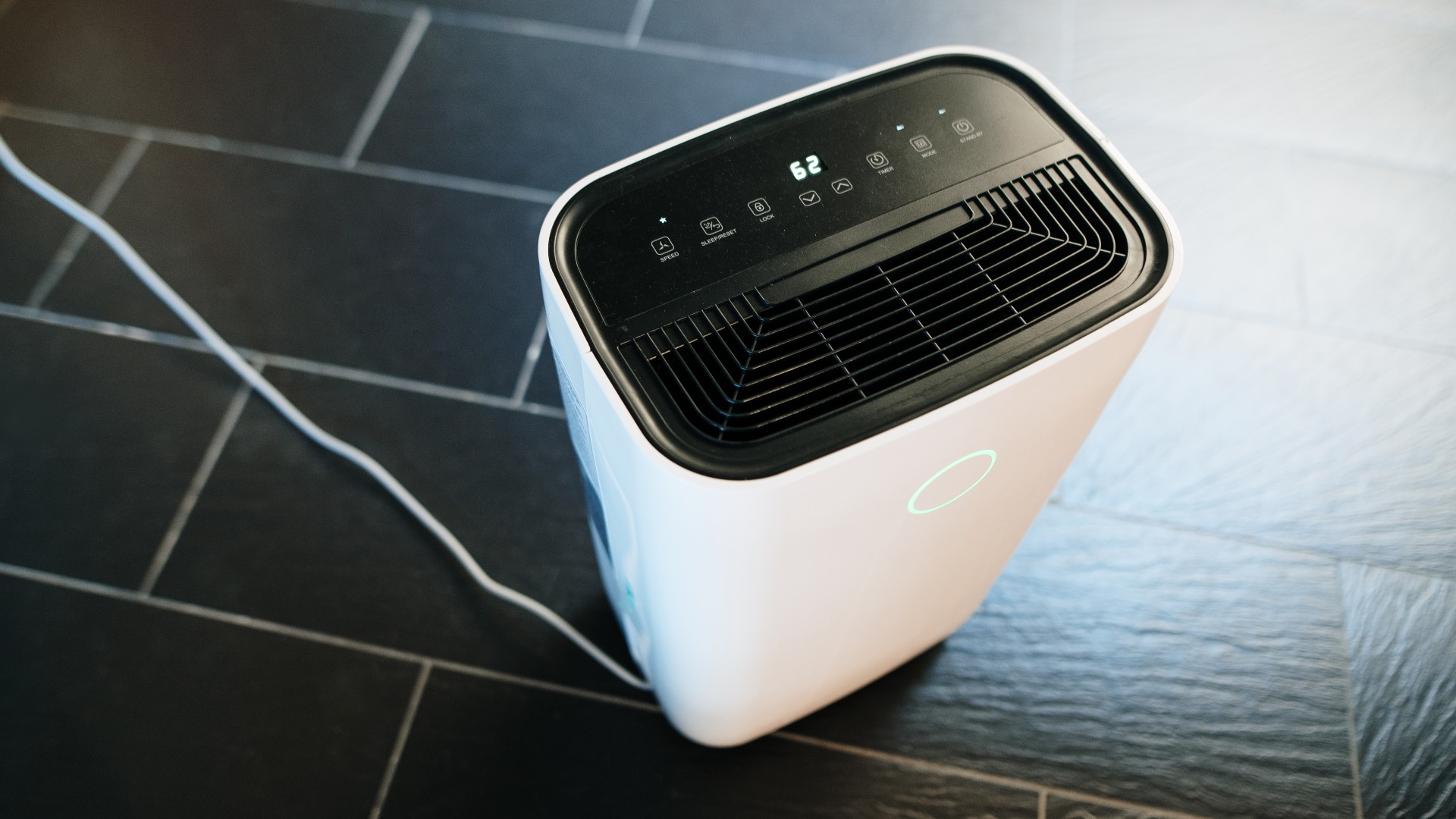
So in answer to the question, how much does it cost to run a dehumidifier, the reality is that the answer heavily depends on the wattage of the machine you are using, and how long you intend to use it for each day.
As advised by Chris, you will probably be running yours for at least a couple of hours in the depths of winter, which should give you some idea of the costs involved.
In general, dehumidifiers are one of the more affordable household appliances to run (in comparison to tumble dryers for example, which can guzzle electricity) – and if you feel comfortable with the cost, they can have real benefits in your home during winter.
"As well as the actual cost to run a dehumidifier, it's crucial to consider the cost-to-benefit ratio," Nathan from Appliances Direct advises. "The cost should be weighed against the potential costs of mould remediation or health issues arising from high indoor humidity. In many cases, the preventative cost of operating a dehumidifier is justified."
Plus, their benefits can be two-fold, as many dehumidifiers will recycle warm and dry air back into your home, giving you an extra blast of heating when you arguably need it the most. So if you're wondering whether should you buy a dehumidifier the answer is most likely a resounding yes.
Is it cheaper to run a dehumidifier or heating?
Sometimes, a dehumidifier can be used as a substitute for central heating, because it can make a room feel surprisingly warm. If you want one for this purpose, you'll need to invest in a desiccant dehumidifier.
But which is cheaper to run? Well, according to the experts, a dehumidifier is much cheaper to run than central heating. "Dehumidifiers are much cheaper to run than heating systems due to their lower power consumption," Nathan explains.
"While dehumidifiers use 200W to 600W, heaters typically use 1,000W to 3,000W. For managing humidity efficiently without high energy bills, a dehumidifier is a more cost-effective choice than using heating."
Les Roberts, an energy expert at Bionic, agrees. "The average dehumidifier uses approximately 500 watts per hour which costs around 13p per hour of use, and £3.12 for a full 24 hours of being switched on. On the other hand, central heating is said to cost around £1.70 per hour, a total of nearly £41 for 24 hours of use, making it more expensive to run than a dehumidifier."
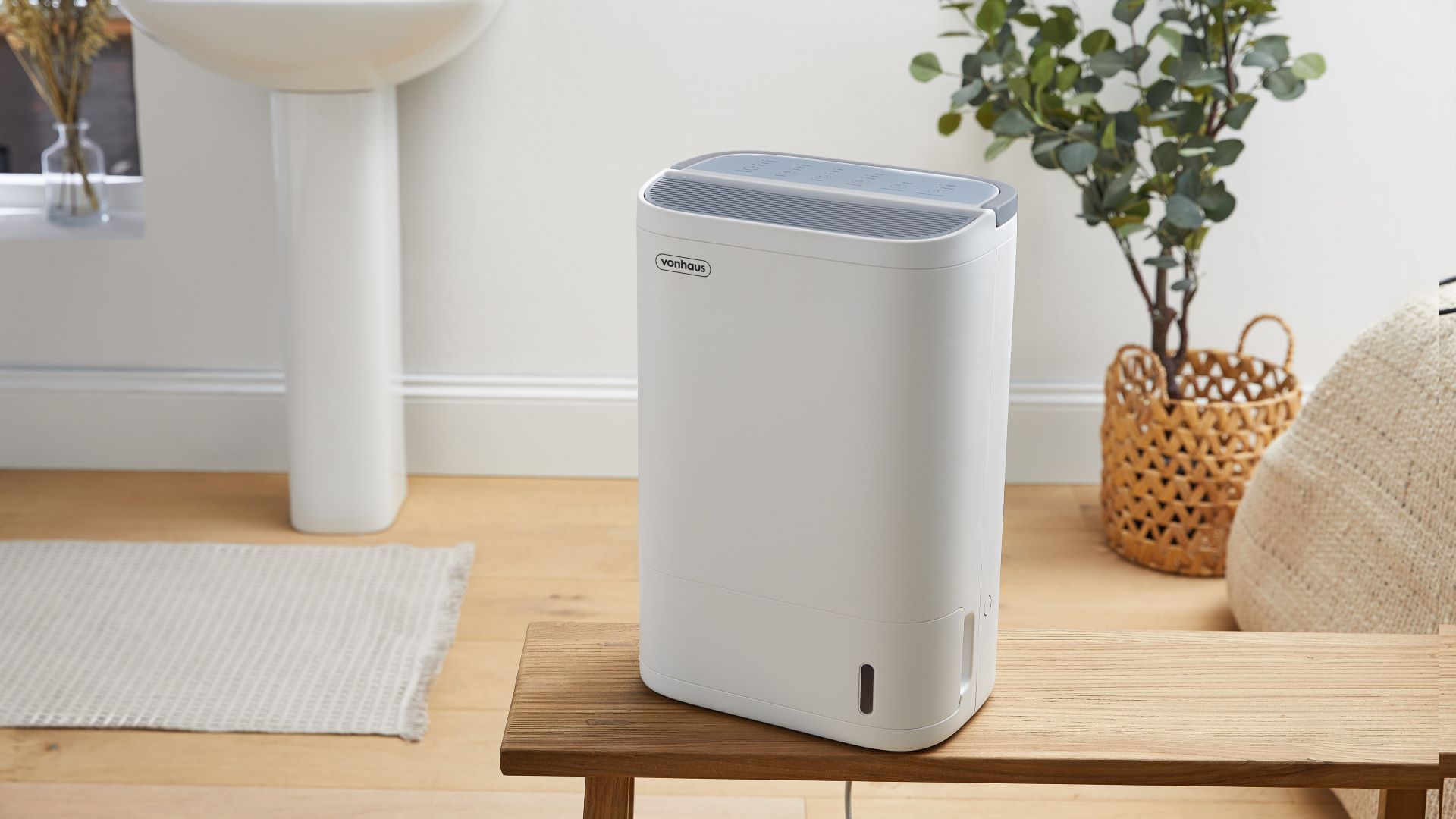
Of course, there are different factors to consider when choosing between a dehumidifier and central heating. A dehumidifier may not be enough to heat your home, especially in colder temperatures and in larger rooms. If you're wanting to heat your whole house, central heating is likely going to be most efficient option.
And when you are using a dehumidifier - whether to warm the room, remove excess moisture, or both - just don't commit any dehumidifier mistakes choosing the wrong type or neglecting to clean it, and you'll be able to get the most out of yours this winter.
FAQ
Are some dehumidifiers cheaper to run than others?
The running costs between dehumidifiers don't tend to vary too significantly although it is worth noting that there are two different types of dehumidifiers and one is slightly cheaper to run than the other.
The two different types of dehumidifiers – desiccant vs compressor dehumidifiers. It is important to choose the right one based on where you intend to use it – or it may cost you more unnecessarily.
- A compressor dehumidifier “is the cheapest type to run in typical household conditions (with a temperature of 20°C and 60% relative humidity),” Chris explains."A compressor dehumidifier collects the excess moisture in a tank and only changes the temperature of the air by 1-2°C as it passes through meaning they have no real effect on the temperature of a room, but they are cheaper to run."
- A desiccant dehumidifier is "more energy efficient due to the different technology it uses to dehumidify the air" Chris advises. “Especially in colder environments under 10°C (typically an unheated conservatory, basement or garage). Once a desiccant dehumidifier condenses the moisture in the air into water and collects it, warm air then passes into the room, so desiccants also act as a gentle heater." Consumers are choosing to use a desiccant dehumidifier to provide a bit of extra warmth to avoid turning the heating on, therefore saving more money.
So, it's wise to first decide where you're going to use your dehumidifier – be it in the main space of your home, or colder rooms only.
Chris also advised that dehumidifiers with a laundry mode also tend to be cheaper to run too, because of how they work. “They will run at full power for a set period before conserving energy by switching itself off,” Chris explains.
If you want to lower costs further, it’s also worth choosing a low-wattage dehumidifier, as these are mostly the cheapest and most energy-efficient.
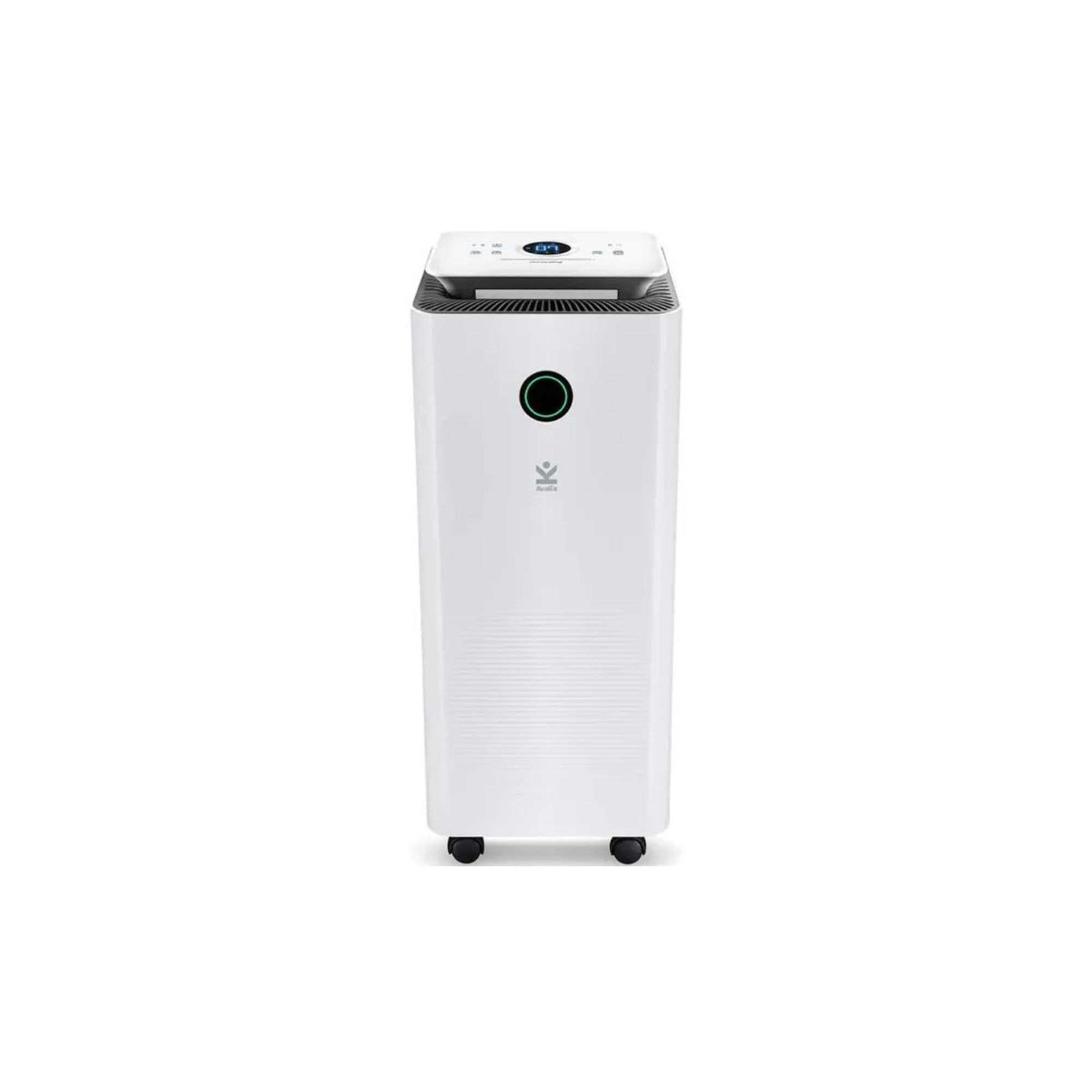
If you're looking for a dehumidifier that's large enough to hold at least 16L of water and will dry your laundry, the Avalla X-150 is your perfect match. Rated the overall best on our list, this machine is also noteworthy for its excellent low power consumption 0.24kW/h energy usage.
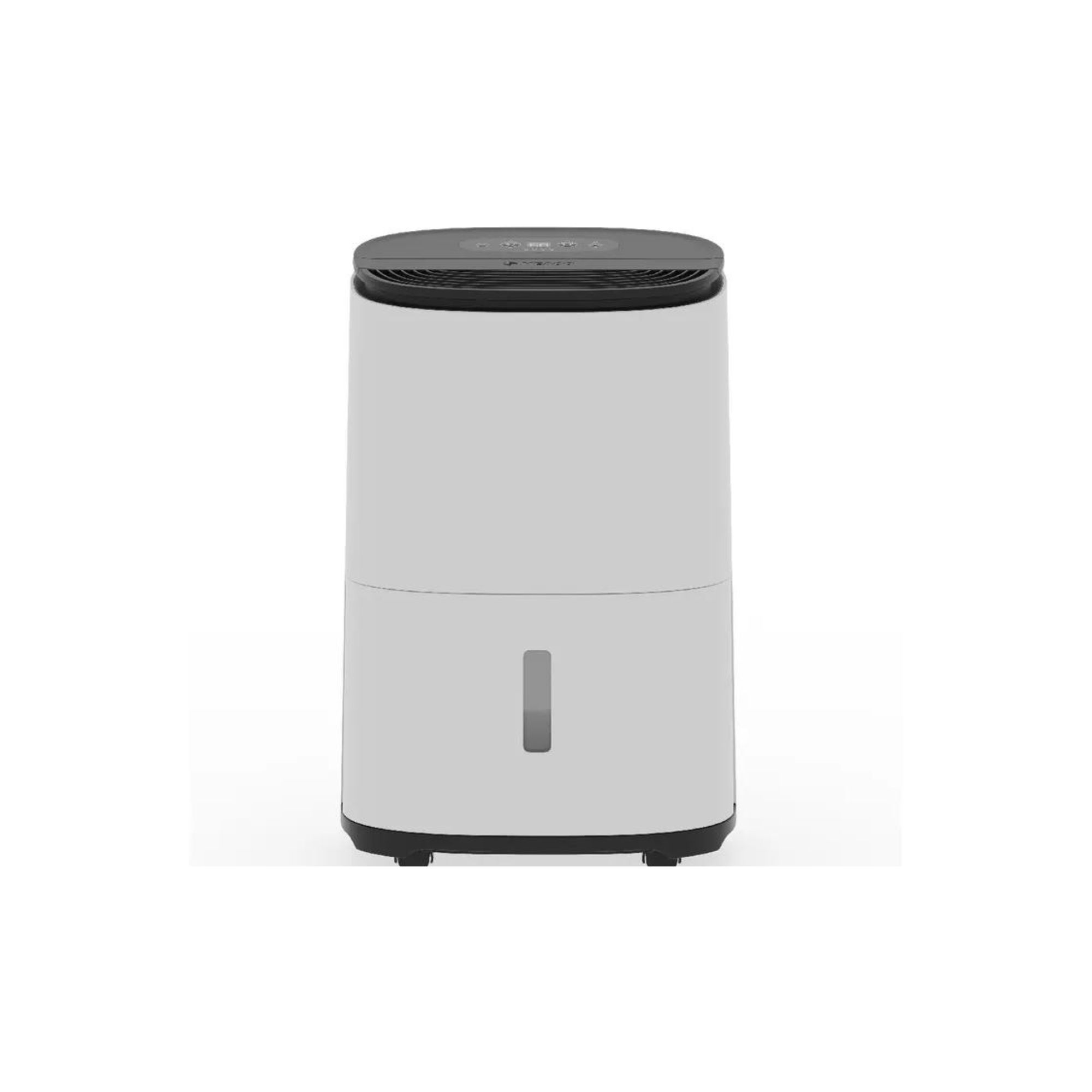
The MeacoDry Arete One is an all-around great dehumidifier. The reason to love it even more for running cost is because of the laundry mode which can reduce costs, handling your home's moisture and wet clothes without cranking the heating up.
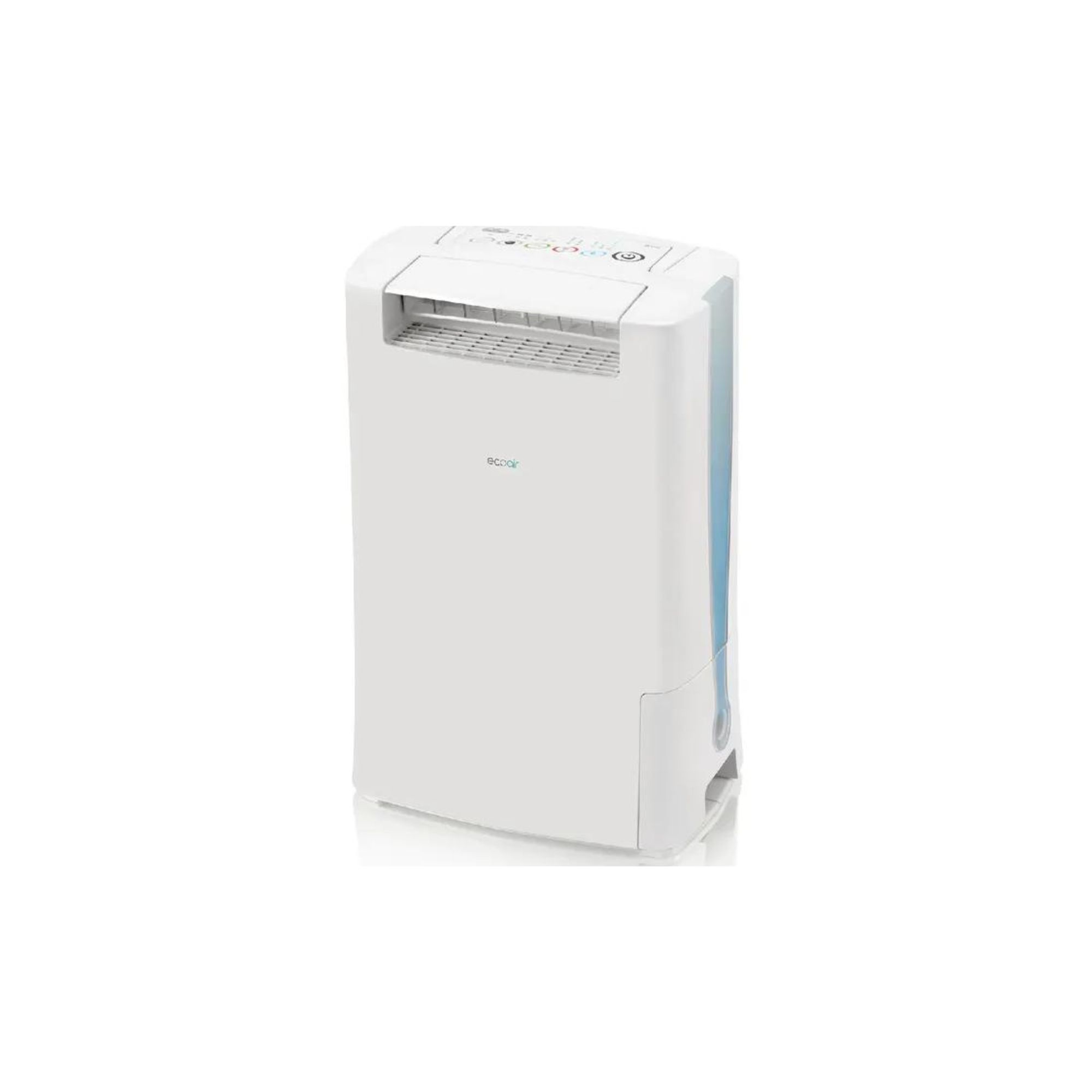
This EcoAir dehumidifier features on our edit of the best dehumidifiers, particularly as one of the best for drying clothes quickly. The Desiccant 8L features three drying modes and two laundry making it a cheaper model to run.
How to reduce costs when using your dehumidifier
While choosing the right dehumidifier for your home or space is vital, there are some things you can do to reduce running costs, whichever type you use.
1. Choose a model with a humidistat
A humidistat is not dissimilar to a thermostat, in that it detects the moisture levels in the air, and will adjust the power of your humidifier depending on what it reads.
This will help to cut costs by ensuring that your dehumidifier isn’t needlessly running on full power all the time, wasting electricity. Instead, a humidistat will help your model to run more efficiently, by powering up when your home needs it, and powering down when it doesn’t.
2. Try to limit humidity in your home generally
While your dehumidifier will work hard for you, it always helps to ensure you’re practising a few good behaviours to reduce humidity in your home as much as possible, so the machine isn't using up much energy unnecessarily.
For example, to get the most out of your dehumidifier, make sure your extractor fans are working properly (cleaning them regularly as part of your kitchen cleaning routine will help). Open your windows after bathing or showering, and always put lids on saucepans, such as your best induction pans, when cooking.
3. Maintain the machine properly
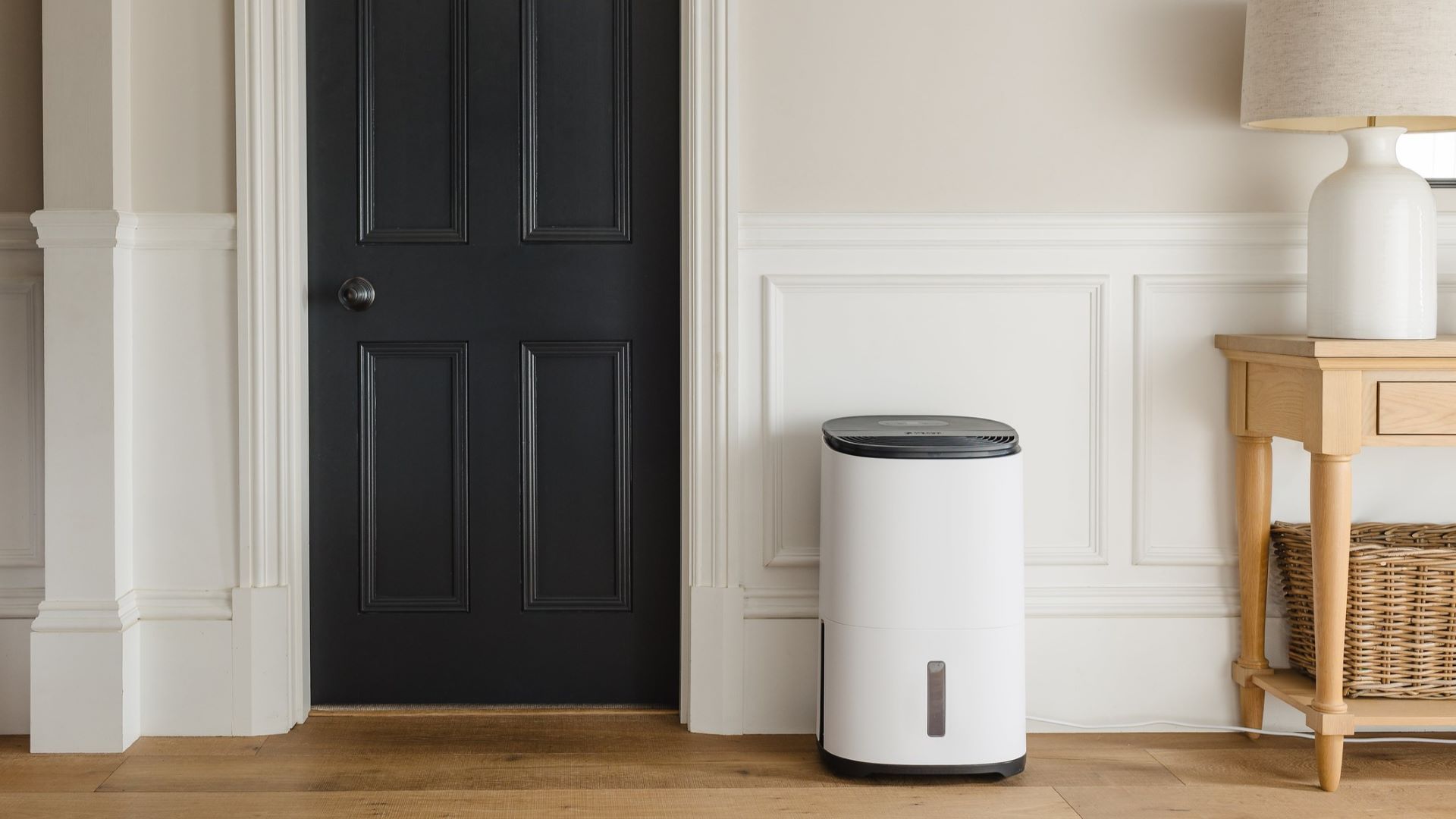
You can be doing all of the above, but if you aren’t properly maintaining your dehumidifier regularly, it’ll likely be fruitless.
“To keep your running costs low, it is important to make sure your dehumidifier works as efficiently as possible,” Chris advises. This includes cleaning your dehumidifier often.
“To do this, you should check certain components. Does your air filter need cleaning? Are the air vents clear? Are you emptying the tank regularly enough? Is there a build-up of ice on its coils? Have a look at instruction manuals for help on looking after your dehumidifier.”
And, be sure to use the best place for a dehumidifier too, to allow it to work as efficiently as possible. Chris explained, 'Make sure that you keep your dehumidifier on a flat surface 15-30 cm away from furniture or other objects (unless you have an Arete dehumidifier which does not require extra space around it) and keep it on a flat surface.'
4. Only run your dehumidifier when needed
Knowing how long to run a dehumidifier is another key tip for keeping costs down. 'Only use it when you need to,' says Jack Ferguson, Energy Saving Expert, Quotezone . 'If there is no condensation on the windows then you probably don’t need to run it. And, if the humidity levels are within the acceptable range of 30-60%, then you don’t need to run it for very long, if at all.'
To find out the humidity levels in your home, you can buy a thermo-hygrometer which, Jack explains, 'will check the air moisture level of your home. For around £10, it will let you know the relative humidity of the air –30% to 60% is reasonable. If it is higher than that for prolonged periods, then it’s worth further investigation.'
We recommend the best-selling ThermoPro TP49 Small Digital Hygrometer Indoor Room Thermometer Room available for £10.99 at Amazon, this small device has gained 4.6-star reviews.
It's also important to bear in mind that if you have serious and recurrent damp issues, a dehumidifier likely won't cut it. "Remember, dehumidifiers can't work miracles," says Jack. "If you continue to find moisture problems in the home, it is worth consulting an expert to help you resolve any issues.”
Following the tips for reducing humidity levels in the house will not only help to cut the time of use and reduce your energy bills, but it will lessen the possibility of damp and mould problems escalating quicker. Keeping on top of your humidity levels is the best way to prevent mould from appearing in your wardrobe and potentially damaging your clothes – a problem no one wants.
Amy Hunt is an experienced digital journalist specialising in homes, interiors and hobbies. She began her career working as the features assistant at woman&home magazine, before moving over to the digital side of the brand where she eventually became the Lifestyle Editor up until January 2022. Amy won the Digital Journalist of the Year award at the AOP Awards in 2019 for her work on womanandhome.com.
- Katie SimsContributor
-
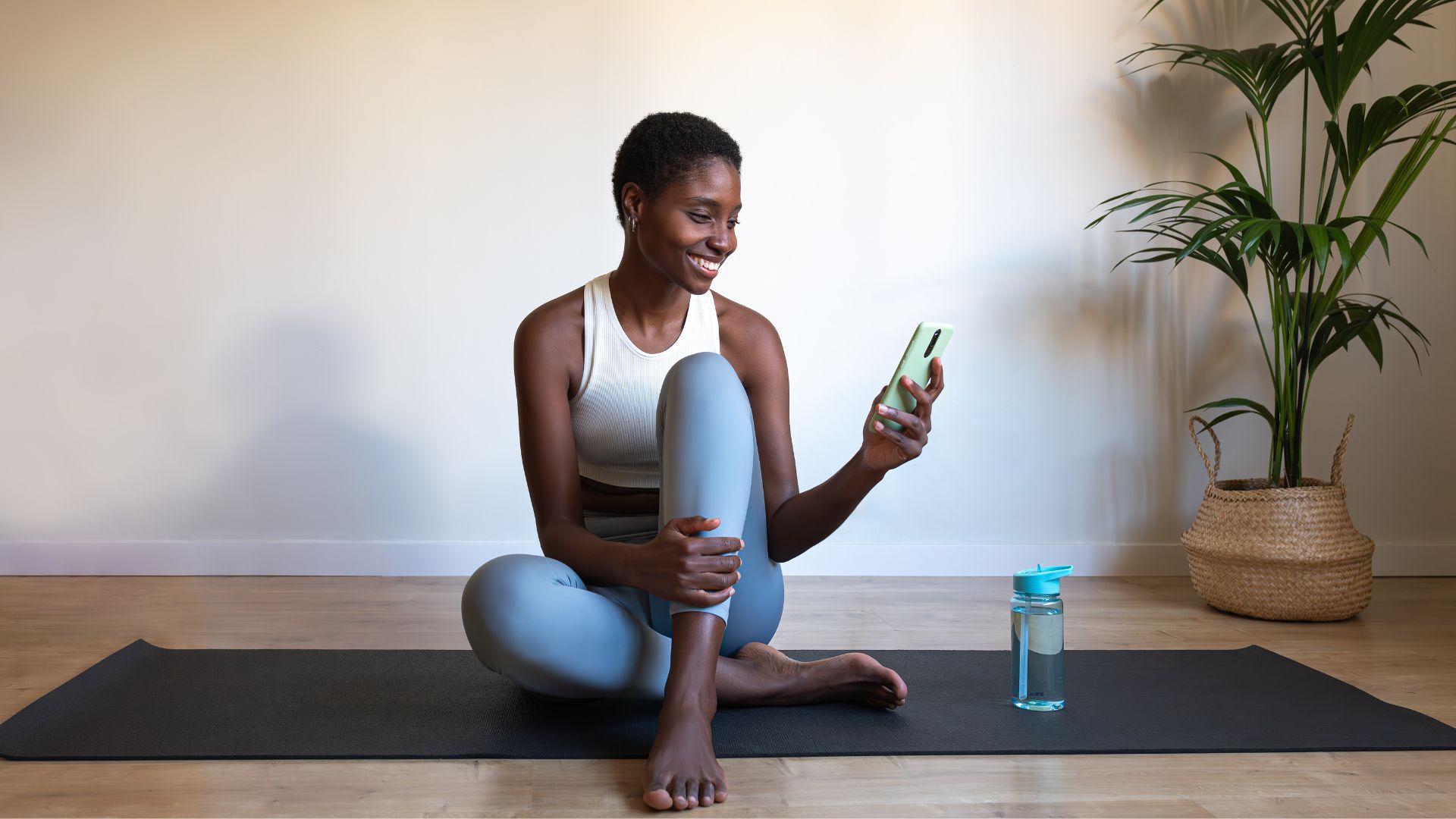 Only have 10 minutes to work out? I use these 3 exercises to target every muscle in the body
Only have 10 minutes to work out? I use these 3 exercises to target every muscle in the bodyContrary to popular belief, you don't need to spend hours lifting weights to see a difference. I've made changes with just a 10-minute workout.
By Grace Walsh Published
-
 Princess Beatrice just wore the maxi dress I've got my eye on for summer occasions - and she styled it with comfy Zara flats
Princess Beatrice just wore the maxi dress I've got my eye on for summer occasions - and she styled it with comfy Zara flatsShe took style tips from Kate Middleton, choosing chic French brand Sezane
By Caroline Parr Published